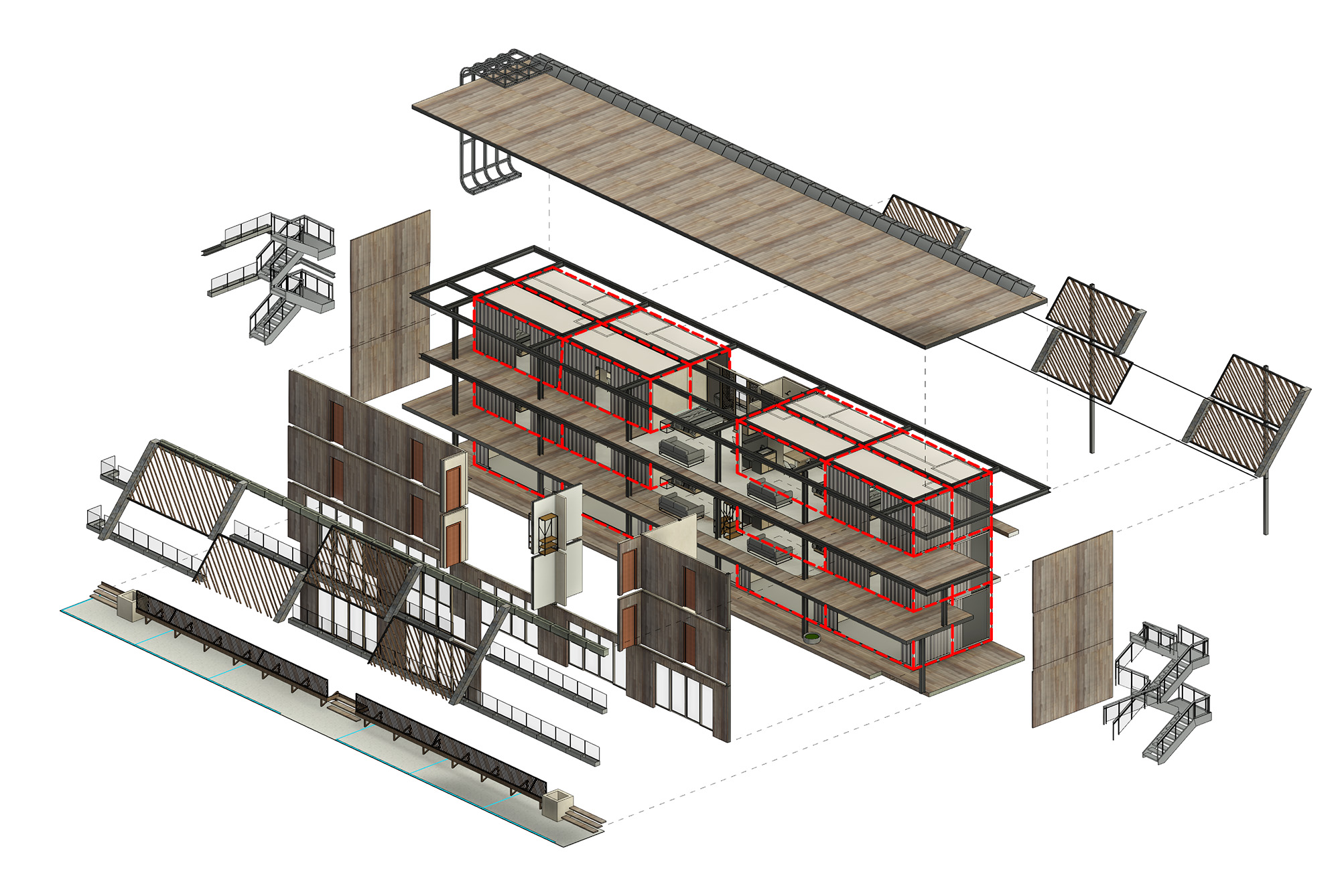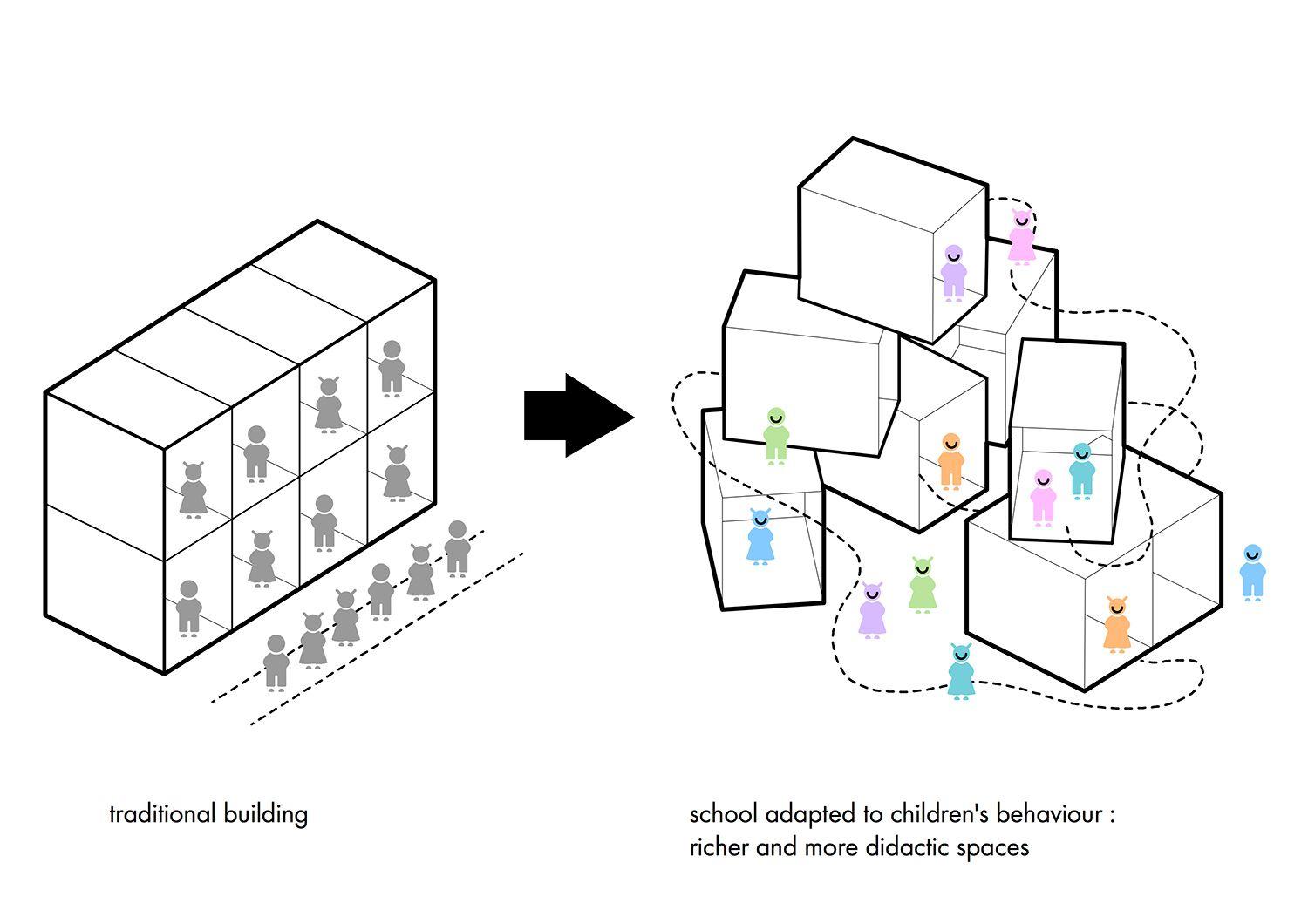Finding the right architecture internship can be a game-changer for high school students passionate about design and urban planning. Our journey into architecture internships reveals a world where creativity meets real-world challenges, offering invaluable experiences that shape future careers. Programs like the National Organization of Minority Architects’ Project Pipeline and USC’s Exploration of Architecture immerse students in dynamic learning environments, connecting them with professionals and community leaders.
These internships aren’t just about drafting blueprints; they’re about understanding the intersection of architecture with culture, society, and history. From designing community spaces to analyzing impactful buildings, students gain hands-on experience that goes beyond the classroom. Let’s dive into how these opportunities can ignite a lifelong passion for architecture and open doors to future educational and professional endeavors.
Importance of Architecture Internships
Gaining Real-World Experience
Architecture internships provide essential, real-world experience. They allow us to apply theoretical concepts in practical settings, bridging the gap between academic learning and professional practice. Working alongside experienced architects, interns get exposed to various aspects of the field, such as project management, client communication, and technical detailing. For instance, an internship with a firm could involve participation in site visits, contributing to drafting technical drawings, and using advanced software to model designs.
Networking and Career Opportunities
Internships also open valuable networking and career opportunities. By working directly with professionals, we build relationships that can lead to future job offers or mentorship opportunities. Internships often provide access to industry events, workshops, and conferences, further expanding our network. For example, by attending a company’s design review meetings or industry expos, we not only gain insights into current trends but also connect with leaders and peers who share our passion for architecture. This network becomes crucial when seeking full-time positions or further educational opportunities.

Types of Architecture Internships
Design and Drafting
Design and drafting internships immerse students in the creative and technical aspects of architectural practice. Interns work with design software like AutoCAD, Revit, and SketchUp to create detailed project drawings and plans. They assist senior architects in developing concepts and transforming ideas into visual representations. This type of internship strengthens technical drawing skills and enhances understanding of design principles and building regulations.
Architectural Journalism and Content Creation
Architectural journalism and content creation internships focus on the communication aspects of architecture. Interns engage in writing articles, producing visual content, and creating social media posts. They explore architectural trends, critique designs, and interview industry professionals. This type of internship helps improve writing and research skills while providing insights into the architectural world from a media perspective.
Site Supervision and Hands-On Work
Site supervision and hands-on work internships provide practical experience on construction sites. Interns assist site managers with overseeing building activities, ensuring compliance with safety regulations, and coordinating with contractors. They gain a firsthand understanding of construction processes, materials, and on-the-ground problem-solving. This type of internship emphasizes practical knowledge and helps bridge the gap between design and execution.
Research and Development
Research and development internships focus on innovation in architecture. Interns participate in research projects aimed at improving building technologies, sustainable design practices, and urban planning methodologies. They collect and analyze data, conduct literature reviews, and collaborate with research teams to develop new solutions. This type of internship enhances analytical skills and promotes an understanding of the latest advancements in the field.
These various types of internships offer diverse experiences, each contributing uniquely to an aspiring architect’s education and professional development.
What to Expect During Your Internship
Variety in Tasks
Architectural internships often encompass a wide range of tasks. Interns may engage in design and drafting activities, using software like AutoCAD and SketchUp. They might also assist with creating physical models, presenting design proposals, and participating in client meetings. Administrative duties, project documentation, and site visits are also common, allowing interns to understand the full spectrum of an architectural project from conception to completion. This variety helps interns acquire comprehensive insights into the daily operations of an architectural firm.

Learning and Mentorship Opportunities
Interns benefit significantly from mentorship opportunities. Working under experienced architects provides invaluable learning experiences, enhancing both technical and soft skills. Interns often receive guidance on best practices, design techniques, and project management. Mentorship extends beyond immediate tasks, offering career advice and networking opportunities. For example, intern mentorship programs often include regular check-ins and feedback sessions, enabling interns to refine their skills and build professional relationships that can last throughout their careers.
Skill Development and Professional Growth
An architectural internship contributes to significant skill development. Interns improve their proficiency with architectural software, learn how to interpret and create technical drawings, and develop problem-solving skills by tackling real-world design challenges. Internships also offer a platform for improving communication skills, as interns must present their ideas effectively to colleagues and clients. Professional growth is supported through exposure to industry-standard practices and emerging technologies, positioning interns for future success in the field. For instance, mastering new design tools or techniques during an internship can make a substantial difference in an intern’s portfolio.
How to Find the Right Internship
Utilizing Academic Resources
Academic resources at your disposal should be a top priority when looking for an architecture internship. Universities, such as CalPoly Pomona, usually have career services that maintain databases of internship opportunities. Professors often have industry contacts and can provide recommendations to firms looking for interns. Additionally, enrolling in architecture-related programs like Cornell University’s Introduction to Architecture Summer Program increases exposure to potential internships through practical engagements and showcases.
Networking and Professional Associations
Networking remains a crucial strategy in securing the right internship. You should attend industry events, like those organized by the National Organization of Minority Architects, to meet professionals and other students. Joining professional associations, such as the American Institute of Architects (AIA), offers access to exclusive job listings and networking events. Many organizations offer student memberships at reduced rates, making it easier to connect with mentors and industry leaders.
Online Platforms and Job Boards
Online platforms and job boards also serve as valuable tools in your search. Websites such as Archinect and LinkedIn feature numerous postings for internships, filtering by location and specialization. Specific platforms dedicated to architectural internships can provide targeted results, helping you find positions that match your skills and interests. Regularly updating your profile and actively applying to listings can significantly improve your chances of finding the right role.
Conclusion
Our architecture internship allowed us to learn from many sources. Supervisors and colleagues generously shared their knowledge, experience, and advice. Projects ranged from diverse to challenging, offering multiple learning opportunities. Mistakes served as crucial learning points, while achievements provided motivation and rewards.
Notably, our experience highlighted the connection between architecture, community, and social justice. Programs like the National Organization of Minority Architects’ Project Pipeline guided us into understanding architecture’s broader societal impact. For example, during the 2019 SoCal NOMA Project Pipeline, students designed projects like Destination Crenshaw, an open-air museum dedicated to African Americans.
Seeking the right internship requires strategic efforts. Networking through academic resources and industry events enhances our chances. Professional associations like the American Institute of Architects serve as valuable networking hubs. Online platforms, including Archinect and LinkedIn, offer extensive listings, aiding in our search. Regularly updating profiles and actively applying to multiple listings increase our chances of securing an ideal match.
Applying these strategies and taking advantage of available resources can prepare us for a successful career in architecture. By engaging in practical experiences and leveraging professional networks, we connect with the industry’s best opportunities. Our developed skills and understanding, gained through internships, set a strong foundation for future accomplishments in the architectural world.







